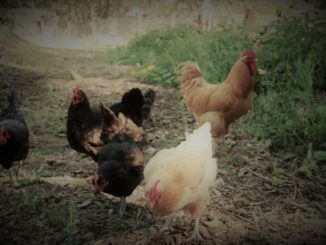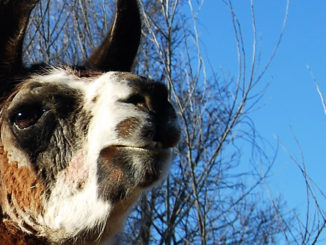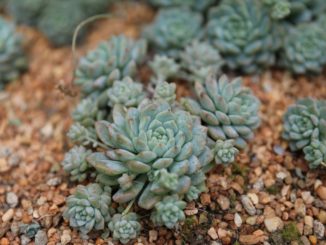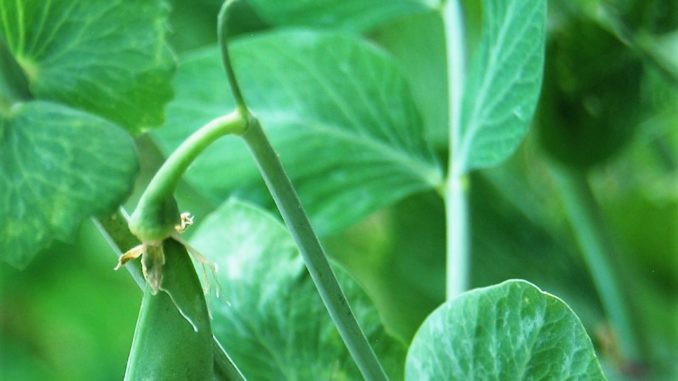
By Kathleen Miller
Gaia’s Farm and Gardens
Sustainable living, gardening and farming is based on an understanding of ecosystems, the study of relationships between organisms and their environment. It has been defined as an integrated system of plant and animal production practices that will last over time. Having a harmonious relationship with Gaia (Mother Earth) provides food for people enhances the natural environment upon which the community depends, makes efficient use of resources and integrates natural cycles that sustain economic viability as well as enhances the quality of life for the community as a whole.
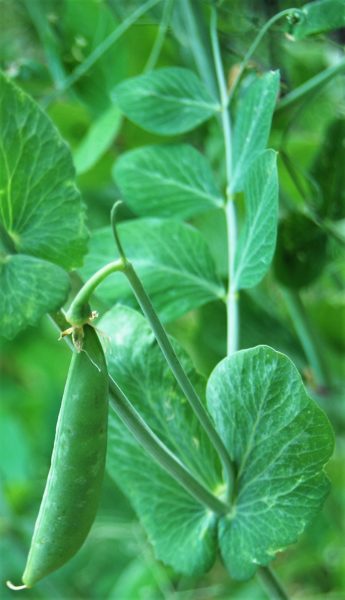
Secrets of a Sustainable Garden
The first sustainable gardeners and farmers were Native Americans Indians who raised corn, beans, and squash in meticulously tended plots called “The Three Sisters”. This food helped the Indians get through hard times of the year when game and fish were scarce. The colonists, like the Indians, depended on their gardens for survival. For most people today the sustainable kitchen garden is no longer a means of survival but still plays an important role in providing a sense of independence and a closer relationship with Mother Earth (Gaia). A bountiful harvest of delicious homegrown fruits and vegetables can make a big difference in your food budget and adding freshness and more intense flavors and nutrients to your meals.
To get the most out of your sustainable garden or farm it is necessary to plan.
For centuries, observant gardeners have noticed that certain vegetables seemed to thrive in the company of one plant while doing poorly in the company of another. There is scientific evidence that secretions given off by the roots of some plants cause this. For example, onions apparently inhibit the growth of beans and peas. They believe tomatoes and basil to do well together, as are cucumbers and cabbage. Another aspect of companion planting is that certain vegetables and herbs seem to repel the pests of other plants. For example, marigold roots exude a secretion that repels nematodes and they say parsley repels the carrot fly. Other plants lure pests away from their neighbors, as the eggplant lures Colorado potato beetles from potato plants. To get the most out of your sustainable garden or farm it is necessary to plan.
Whether you have an established garden or are starting a new one, the best time to prepare is in the offseason, well before planting time. A good location is even more important than good soil. You can do a great deal to improve poor soil, but it is impossible to improve a bad site. The ideal garden should be sheltered from the wind and have direct sunlight for at least six hours a day or longer. The site should be well drained and be located away from trees, which can shade out the light and whose roots many compete with vegetables for moisture and nutrients. Do not locate your garden site in a low spot where water and cold air collect. The garden sites should be near a tap for watering and the site should be level or slightly sloping. If it slopes, south facing tilt is best and provides extra warmth in spring and fall. Another important decision is the size of the garden. This depends on the amount of land available and how much of your own food you intend to grow. A garden to supply a family of two adults and two school-aged children year round should be at least 50 by 50 feet. When plowing the new ground for a garden, make sure either to remove the sod or plow it under so it can decay and enrich the soil. Remove any stones, roots, and debris. Soil improvement is also an important part of planning your garden. Test your soil each spring to determine what needs to be added to improve it. Once you have decided on what vegetables to grow you need to select the proper varieties. Seed catalogs and garden centers offer many varieties of seeds bred for disease resistance, productivity, size, and flavor. Heirloom seeds are also available and are a wonderful way to grow non-hybrid varieties. These vegetables are self-pollinating, and their seeds are likely to come true to type to save to plant next season.

Gaia Grows Companion Planting Chart
Vegetable Does Well With/Does Poorly With
| Asparagus | Parsley, tomatoes | None |
| Beans (Bush) | Beets, carrots, cucumbers, marigolds, potatoes | Fennel, garlic, onions |
| Beans (Pole) | Marigolds, radishes | Garlic, onions |
| Cabbage Family | Beets, celery, corn, dill, nasturtiums, onions, sage, sunflowers | Potatoes |
| Cantaloupe | Corn, sunflowers | Potatoes |
| Carrots | Leaf lettuce, parsley, tomatoes | Dill |
| Corn | Beans, cucumbers, peas, potatoes, pumpkins, squash | None |
| Cucumbers | Beans, cabbage family, corn, peas, radishes | Aromatic herbs, potatoes |
| Eggplant | Beans | Potatoes |
| Lettuce | Carrots, cucumbers, onions, radishes | None |
| Onions | Beets, Cabbage Family, lettuce, tomatoes | None |
| Peas | Beans, carrots, corn, cucumbers, potatoes, radishes, turnips | Garlic, onions |
| Potatoes | Beans, cabbage, corn, marigolds, peas | Sunflowers |
| Pumpkins | Corn | Potatoes |
| Radishes | Beets, carrots, spinach | None |
| Rutabagas and Turnips | Peas | None |
| Squash | Nasturtiums, radishes | None |
| Tomatoes | Asparagus, basil, garlic, marigolds, parsley | Cabbage family, fennel, potatoes |
Support Northern Colorado Journalism
Show your support for North Forty News by helping us produce more content. It's a kind and simple gesture that will help us continue to bring more content to you.
BONUS - Donors get a link in their receipt to sign up for our once-per-week instant text messaging alert. Get your e-copy of North Forty News the moment it is released!
Click to Donate
